The ability to channel ourselves into art and let ourselves relax, loosen up and create, is a magical experience. I'm a firm believer in the process of creation and how it links to our mental state. Art supplies are exciting for artists of all levels. We're diving in and exploring new materials, mediums, and learning how to utilize tools either for the first time or implement them into something we've been practicing for a lifetime.
For years, makers of all kinds have utilized animals for loads of items that have assisted humans. Traditionally, mediums such as paints, paper, ink, paintbrushes, and more have been created using ingredients from animals. I want to start by providing the information on the history of this practice, how it was useful at that time, and then move into how we've since evolved and can skip this process, as it's no longer a necessity.
I hope you allow this article to be educational.
This article will be updated periodically for the most accurate information. If you have a resource you'd like to share, please email us at hello@thepigeonletters.com with information and a credible source.
speciesism (n.)
-the assumption of human superiority leading to the exploitation of animals
Contents
- Paintbrushes
- Cruelty-free brushes
- Pigment
- Cruelty-free pigments
- Paper
- Cruelty-free paper
TRIGGER WARNING: Many methods in which animals parts are gathered for art supplies are inhumane and graphic, and may be disturbing to some readers.
First, let's identify some of the animals that have been and/or continue to be used as sources for art and their role in the process, along with how a product's ingredient(s) is extracted from them.
PAINTBRUSHES
The fur industry is alive and well. You may have noticed that a large number of big names in the fashion industry as pushing fur away in the realization that it's something of the past. I get it. It was hard to come to terms with as we advanced in technology. What was once needed to keep us warm before we had appropriate shelter and lived in caves slipped through the years and was carried into modern-day fashion. Lucky for us, the more people speak up and choose to go against this industry, the less profit there will be for the industry, and hopefully it will one it will be a thing of the past. That said, did you know that the bristles in paintbrushes are also a part of this nasty industry? Again, back in the day, it was probably a great resource. As mammals, our animalistic survival instincts probably didn't think twice. But as a reminder, we've advanced. We've come so far in our ability to manufacture that we're now able to very closely replicate the high-performing fur bristles with pure synthetic, professional grade paintbrushes. Until that's all we have available, here is a list of just some of the animals being used for brushes.
Kolinsky Sable
Kolinsky is considered the highest luxurious quality, used in watercolor brushes due to its ability to absorb a lot of water. There is argument today whether this animal is endangered and, at this point, near extinct*. There is frustration from artists who are seeking top quality brushes made from these animals. Many brushes are now being produced and dyed to feel and look like kolinsky sable, but are actually made from other, "lesser quality" fur.
The truth about how kolinsky fur is collected
- Collection involves isolation to freezing climates in order for hair to grow to longer lengths and dense thickness. If possible, electrocution and gassing are used to prevent damage to the hair.
- However, because these animals are difficult to catch or keep in captivity (they become extremely aggressive and can emit a secretion that takes a long time to rid the smell), leghold traps are placed and the animals are typically frozen solid by the time they're collected.
*A species is extinct in the wild when it only survives in cultivation (plants), in captivity (animals), or as a population well outside its established range. A species may be listed as extinct in the wild only after years of surveys have failed to record an individual in its native or expected habitat.
Weasel | Mink | Ferret | Badger | Ermine | Squirrel | Rabbit
As previously mentioned, "kolinsky sable" hair is typically created from ferrets, weasels, and minks. The argument continues that some of these animals may also be considered endangered. Paintbrushes made from the fur of these animals are practically interchangeable when it comes to the ability to hold a lot of water and reach a precise, fine tip. Uses vary from watercolor to oil painting.
The truth about how secondary fur is collected
- Collection involves placing leg traps due to many aggressions of these animals when kept in captivity.
- Additionally, fur farms keep animals like rabbits and squirrels in captivity and the farms mass breed them until they're ready for execution.
Hog
Hog hair is used for oil and acrylic painting. It has split ends which gives bristles the ability to hold more paint and maintain the edge of the brush.
The truth about how hog hair is collected
- Collection of hog hair is often provided as a by-product of the meat industry in China after slaughter.
- Alternatively, pigs will be held down and live-plucked without painkillers. The price of plucked hairs is double that of shaved hairs.
Mongoose
Mongeese only hold a small amount of hair, so a larger quantity is needed for the production of brushes.The truth about how mongoose hair is collected
- Collection includes being initally leg-trapped, then beaten to cause death.
- Some companies will electrocute or gas mongeese to prevent the hair from being damaged.
Pony
Ponies have coarse, kinky hair so their hair is often used in schools in what we know as the cheap, brightly-colored plastic handle paintbrushes.The truth about how pony hair is collected
- This comes as a surprise to many people - unfortunately, collection of pony hair is typically provided as a by-product of the meat industry in China after being slaughtered.
Ox
Ox hair is often dyed with a reddish tint to resemble red sable. It has a similar texture to sable, but without the fine tip, making it better used as a flat brush -vs- a round brush.
The truth about how ox hair is collected
- Collection involves live-plucking of oxen's ears, and painkillers are never administered.
Boar
Boar hair is often used for oil painting due to its coarseness.
The truth about how boar hair is collected
-
Bristles from boar "should come from the first shearing", so in this case, they are also live-plucked and shaved. When shaved, skin is not taken into account, and often comes off with the hair.
Camel
Camel brushes are not actually made of camel hair. It refers to brushes that are made out of a mixture of different animal hairs. It is not a highly desired brush due to its low-grade quality.Goat
Goat hair is commonly used as flat hair brushes for watercolor and ink.The truth about how goat hair is collected
- Goat hair is collected via factory farming.
Horse
Horse hair is surprisingly one of the most commonly used hairs for Japanese calligraphy brushes, often paired with a sheep hair wrap to hold shape.
The truth about how horse hair is collected
-
Collection is typically provided as a by-product of the meat industry in China after being slaughtered.
Wolf
Wolf fur is used as filler with goat hair for providing a good hold/springiness.
The truth about how wolf hair is collected
-
Collection is from factory fur farms after being slaughtered. The rest of the animal is probably being worn by pro-animal cruelty fashion brands.
Deer
Monkey | Cat
Sheep
The truth about how sheep hair is collected
Collection includes mulesing and is tied to factory farming in China with no animal regulations."Synthetic"

Art by Peggy Dean
Our cruelty-free paintbrush choice
Not only do 100% pure synthetic brushes save our furry friends, they have the ability to nearly outperform them. We now have the technology to have full control over the creation process, which means we can ensure an even distribution of paint, water and texture, since the quality is consistent throughout every thoughtfully place bristle. 100% synthetic brushes are also offered at a more accessible price point as well. It makes sense, you know, cuz trapping, slaughtering, trading, THEN manufacturing isn't the process of production.
The best news is that The Pigeon Letters has designed the new standard of artist-grade, cruelty-free, eco-conscious 100% synthetic brushes which have taken the art community by storm and are now a favorite amongst artists. Not to mention, a portion of each sale goes toward wildlife rehabilitation. Grab some!

Pigments
Moving away from fur, pigments contain all sorts of animal parts. One of the trickiest listed ingredients is glycerine, as it can be derived from plants, animals, and even humans. So when we see glycerin as an added ingredient, it's hard to truly know the source. That said, here are some of the animals found in our paints, inks, and dyes.
Ox
Oxen is also used for watercolors, lithography, paper marbling, engraving and more. Ox gall is marketed to give watercolorists the control while painting.
The truth about how ox gall is collected
-
Collection of ox gall (bile) is taken post-slaughter and then mixed with alcohol.
Cochineal
Cochineals are insects that are u
sed for their bright red blood in dye for paint, food and cosmetics).
The truth about cochineal dye is collected
- Collection includes grinding insects into a pulp. The pulp is then strained for its carminic acid, then dried. The powder is then paired with salts to isolate carmine dye.
Cow
Cattle bones are used for pigments in paints and inks.
The truth about cow bones are collected
- Collection occurs after slaughter in which bones are heated in a sealed vessel.
Squid
Squid is used for ink.
The truth about squid ink is collected
-
Collection includes dissecting the body to obtain ink sacs, then cutting them to drain the sac.
Lac
Lac insects are used for their bold color and shine in inks and dyes.
The truth about lac pigment is collected
-
Collection involves scraping tree bark and lac bugs and placing them in tubes to be heated over fire. This liquifies the shellac and cochineal and leaves the bark and carcasses behind.
Cruelty-free alternatives
Wanna grab some professional grade pigments that don't put animals through this torture? Here are some of my favorites:
Paintbrushes
Paints
- Watercolor Paints: Daniel Smith Watercolors (excluding Ivory Black, Payne's Gray and Sepia)
- Watercolor Metallic Paints: Finetec
- Gouache Paints: Holbein Acryla (excluding Ivory Black)
- Acrylic Paints: Liquitex (excluding Ivory Black)
- Fabric Paints: Pebeo
Inks
Brush Pens
Drawing Pens
In addition to the cruelty-free factor of our drawing pens, they're also catered to the professional artist with a quality grade to support all types of illustrators. Rather than the traditional felt tips, our tips are slightly curved to better support angles without damaging the tips as easily. There are also convenient cap windows to see through to tips. It's the little things, right? Grab some!
Paper
Trees make up the majority of resources for the production of paper. However, there are additives such as chemicals and even animal products used for paper as well. These additives assist in satisfying specific needs. In art paper, hide glue is common.
Rabbit
Rabbits are used for sizing (a substance added to watercolor paper in the manufacturing process that reduces paper absorbancy).
The truth about how rabbit sizing is collected
- Collection includes skinning rabbits and boiling the skin in hot water.
Pig | Cow | Sheep | Horse
These animals are also used for sizing.
The truth about how sizing is collected
-
Process includes boiling parts of these animals such as their skin, hooves, cartilage, horns and other tissues.
Cruelty-free paper recommendations
Here are some of my absolute favorite papers that are also animal-friendly:
Watercolor Paper
Lettering Paper
Mix Media
We're always collecting more information and reviewing cruelty-free products. If you would like to provide input or have us test your product, feel welcome to email us!

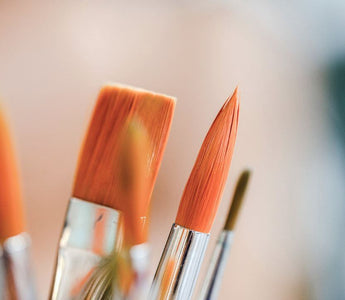

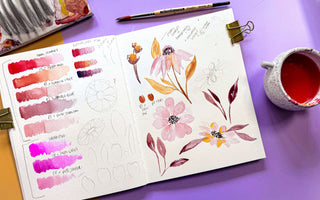


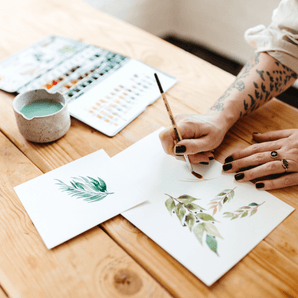
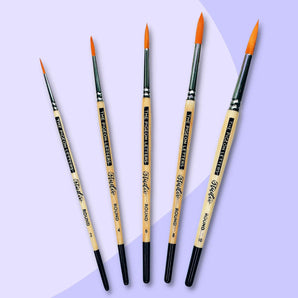
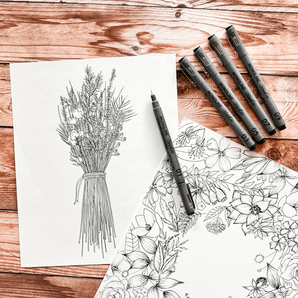
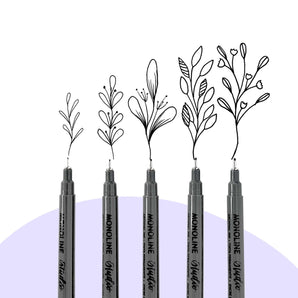
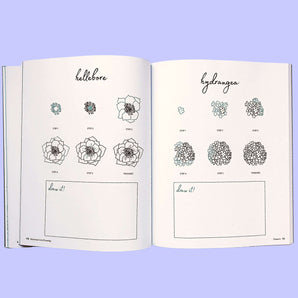
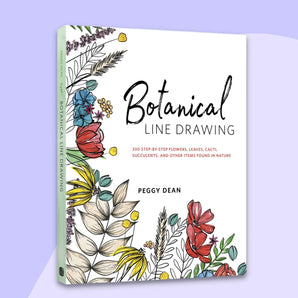
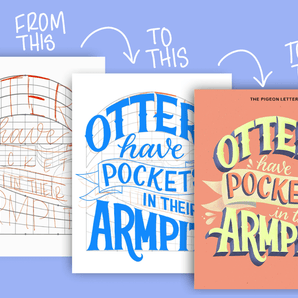
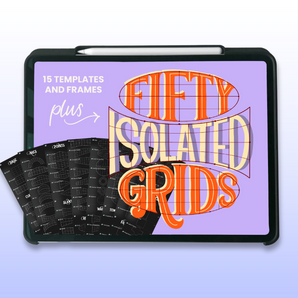
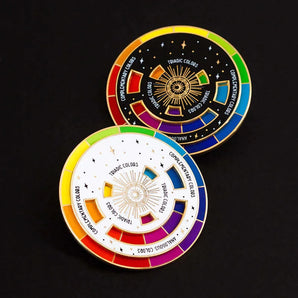
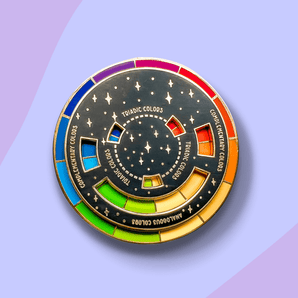
people are disgusting. killing a poor kolinsky, those things are adorable and have as much right to live as us. and only a monster could be ok with killing them for a stupid brush. I say that as an artist myself. Despicable.